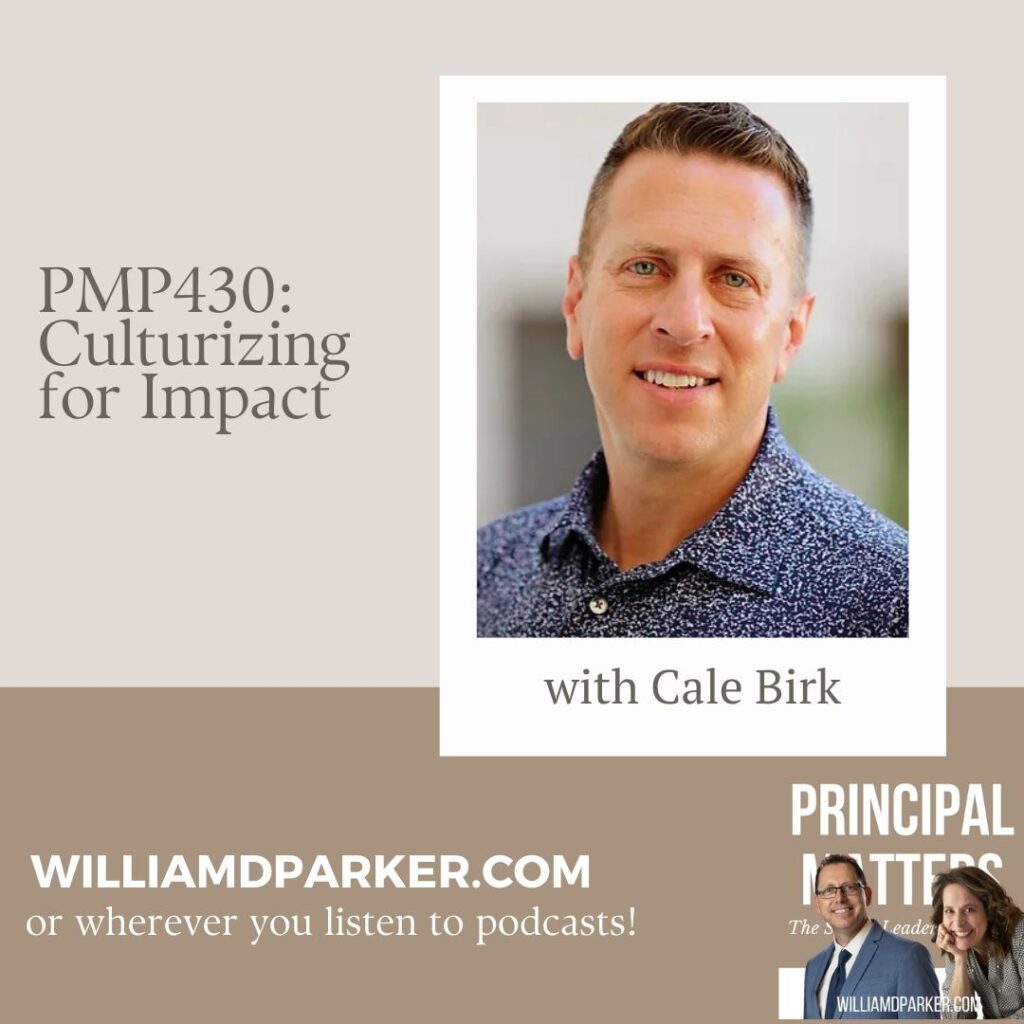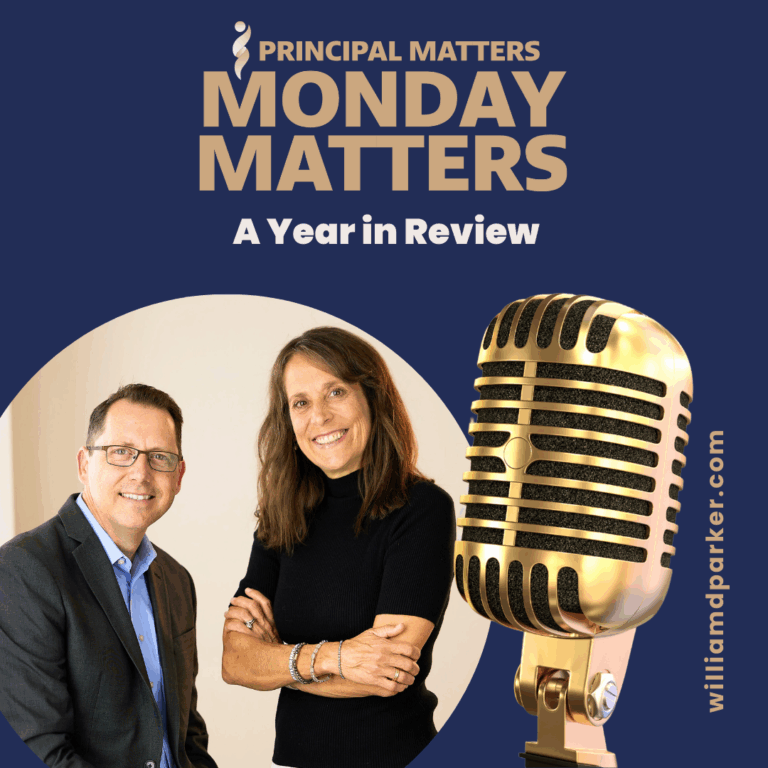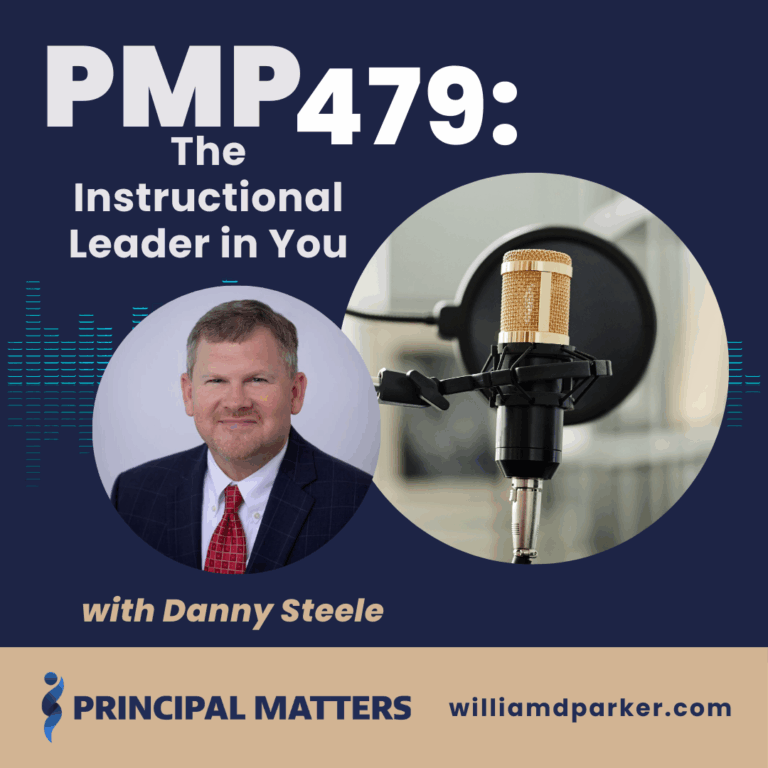Podcast: Play in new window | Download
A quick note to listeners:
Before this week’s interview, Jen Schwanke and Will Parker answered a listener question in a 5-minute response.
The question is: How can leaders feel heard and ensure that responses lead to meaningful change, rather than seeming like a waste of time?
Listen in for our response and thank you for doing what matters!

Meet Cale Birk
Cale Birk is a former teacher, high school principal, and District Head of Innovation from British Columbia, Canada. In 2015, one of his schools was named one of the first Model PLC Schools in Canada. Cale has been a keynote speaker, breakout speaker, and TED Talker around North America and the Pacific Rim, and he truly loves to equip leaders and school teams on observable impact.
Jimmy Casas is the owner and CEO of J Casas & Associates and has been an educator for over 30 years, serving twenty-two years as a school leader, including fourteen years as Principal at Bettendorf High School. Under his leadership, Bettendorf was named one of the Best High Schools in the country three times by Newsweek and US News & World Report. Jimmy was named the 2012 Iowa Secondary Principal of the Year, and in 2015, he received the Bammy Award for the National Principal of the Year.
They have co-authored their new book, Words on the Wall: Culturizing Your Classroom for Observable Impact. Listeners might be surprised to learn that Jimmy and Cale met each other through Twitter back in 2010. More recently, the two decided they needed to write a book together after an hour and a half long phone call they had discussing school culture.
Measuring the Impact of Culture
Will begins the interview by asking, “What motivated you to collaborate on the new book, and how can educators measure the impact of culture?”. Cale states that one of the motivations behind writing this book was the feeling that culture is being put to the test and that, as a result, leadership positions are becoming less attractive to people.
Their book pushes people to examine their own practices in classrooms and how classroom culture impacts how they teach. However, this book is not a blueprint for what school culture should look like; Cale stresses the importance of people developing their own culture throughout the interview.
Culture Checkpoints
A key conversation that led to the development of Culture Checkpoints was one that Cale had with his teenage daughter. When he told her the title of the book he was working on, she said, “We have lots of words on the wall at our school, but we don’t do those things.” Cale realized that when having discussions about culture in schools, the culture has to be able to pass the teenager test in order for it to be effective.
Another helpful practice for developing school culture is defining common words and phrases. For example, if a teacher says they want to be a champion for their students, then what does being a champion for students really look like? Cale notes that when coming up with these definitions, it can be helpful to replace the word “all” with “each”.
In order to make the Culture Checkpoints happen, Cale asks leaders to ask themselves, “What is the leadership required to make this happen?” and “What does a staff meeting look like when developing our school culture?”.
Layering Change
Another key to impactful change, highlighted in Words on the Wall: Culturizing Your Classroom for Observable Impact, is the concept of layering change. The book’s authors write that this can help educators “decrease the distance” between the ones implementing change and those experiencing it.
Cale challenges readers to actually look at the experience of change for adults. Furthermore, he states that layering change can look like changing the user experience of change by co-creating said change with people. This can look like asking the extra question, and can lead to change becoming doable while also making demonstrable progress towards change. Layering change can also look like figuring out what behaviors produce the results that you’re wanting, and then following through on those.
Staying Connected
Cale hopes that his and Jimmy’s book provides people with thoughts, ideas, and practical applications for building school culture. Likewise, he hopes that it is accessible and fun to readers. For listeners who would like to pick up a copy of the book, they can purchase it through ConnectEDD, or birklearns.com.
Thank you for learning together and for doing what matters!




